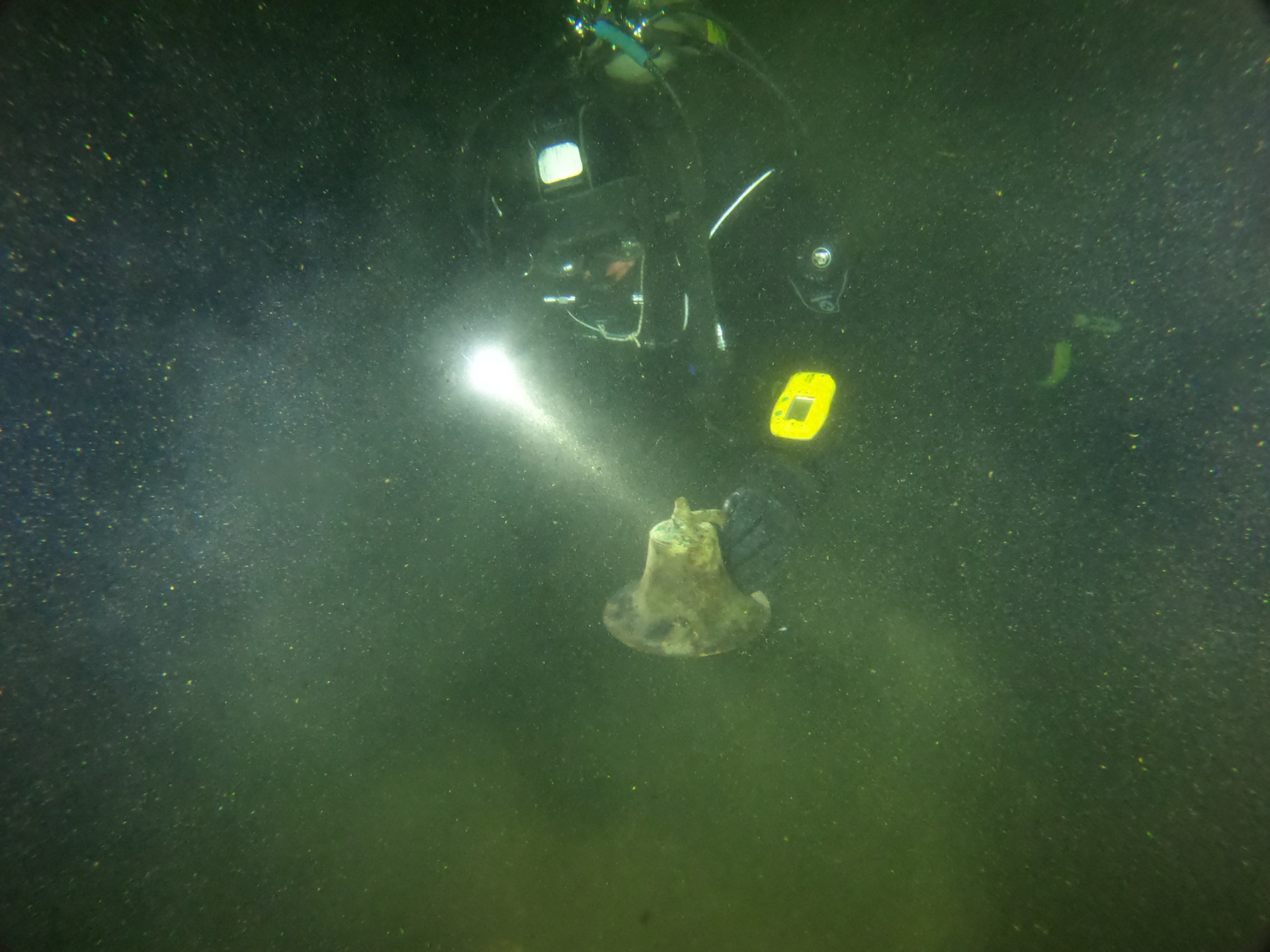Every place has its stories, shared experiences, history and perspectives collected by the people who live in and around them. There’s power and science inherent in those place-based stories—which is why a pair of Wisconsin Sea Grant-funded researchers are looking to harness them to encourage environmental engagement and stewardship in Great Lakes coastal communities.
The concept’s called spatial narratives. David Hart, UW Sea Grant’s geographic information systems (GIS) outreach specialist, first encountered it when he heard Janet Silbernagel, professor of landscape architecture affiliated with the Nelson Institute for Environmental Studies at UW-Madison, give a talk on the topic that mentioned “deep maps,” a concept forwarded in William Least Heat-Moon’s book PrairyErth. Hart and Silbernagel discovered they shared a kindred interest in the idea of the deep map, and how it might be harnessed for science and citizen engagement.
“We thought, could this idea be ramped up to the level of the Great Lakes?” asked Hart. “What’s going to allow us to become better stewards is to be able to tell stories about why the Great Lakes are worth preserving, why they’re special and sacred to the people who use them all the time.”
The idea for the current Great Lakes spatial narratives project grew out of a 2009 call for special projects related to the St. Louis River Estuary and the designation of the National Estuarine Research Reserve (NERR) in Duluth-Superior. Hart and Silbernagel were aiming to test-drive the spatial narratives concept in the estuary. At the same time, a Minnesota-based group led by George Host at the University of Minnesota-Duluth was looking to detail stressor gradients in the estuary as a means of exploring the scientific connections between human activity and water quality.
The two projects proved a powerful match. Focusing on five key topics affecting the estuary—mining, shipping, fishing, wild rice and recreation—the project has produced an arsenal of tech-friendly geotools, including a mobile-based geoquest game called “Up River” that showed the ways people have used and interacted with the estuary in the area’s ever-evolving narrative. Soon, there’ll also be an interactive website with audio perspectives and a geo-archive. UW graduate student Max Axler, meanwhile, is working on constructing a deep map for the estuary and a second geoquest.
Hart and Silbernagel were anxious to expand the success of the spatial narrative model into communities along the Great Lakes coastline. This time, they found an even more powerful partner: Esri, the California-based GIS software giant. Two years ago, Silbernagel and former graduate student Robbie Greene attended the company’s annual GeoDesign Summit, where they discussed the spatial narratives/stressor gradients project. The concept caught the attention of Esri CEO Jack Dangermond, who offered the services of his company’s Application Prototype Lab to help Silbernagel and Hart develop a geotool that would allow users to craft their own spatial narratives about their coastal communities using Web and mobile devices.
Now Patrick Robinson, Environmental Studies Specialist, UW-Extension, has joined up with Hart and Silbernagel to lead an evaluation of citizen engagement in Wisconsin coastal communities with the spatial narrative tool through social science research. “What we want to do is implement and evaluate the geotool’s effectiveness in fostering place-based learning, spatial literacy and stewardship,” said Silbernagel. “What effect might the tool have in facilitating all of that?”
Where the St. Louis Estuary project focused more on using the perspectives of particular interest groups to form the narrative—fishermen, environmentalists, boat owners, etc.—Silbernagel is hoping the spatial narratives that emerge from Great Lakes communities will be driven more by users and community leaders and youth. The notion is that the science will emerge from the stories as well.
“Stories are very powerful,” noted Hart. “People are recognizing the power of stories to communicate science. Seeing the potential this technology has to communicate the issues surrounding a particular place and being able to delve into them and explore them and get our hands on them makes so much more sense. “





